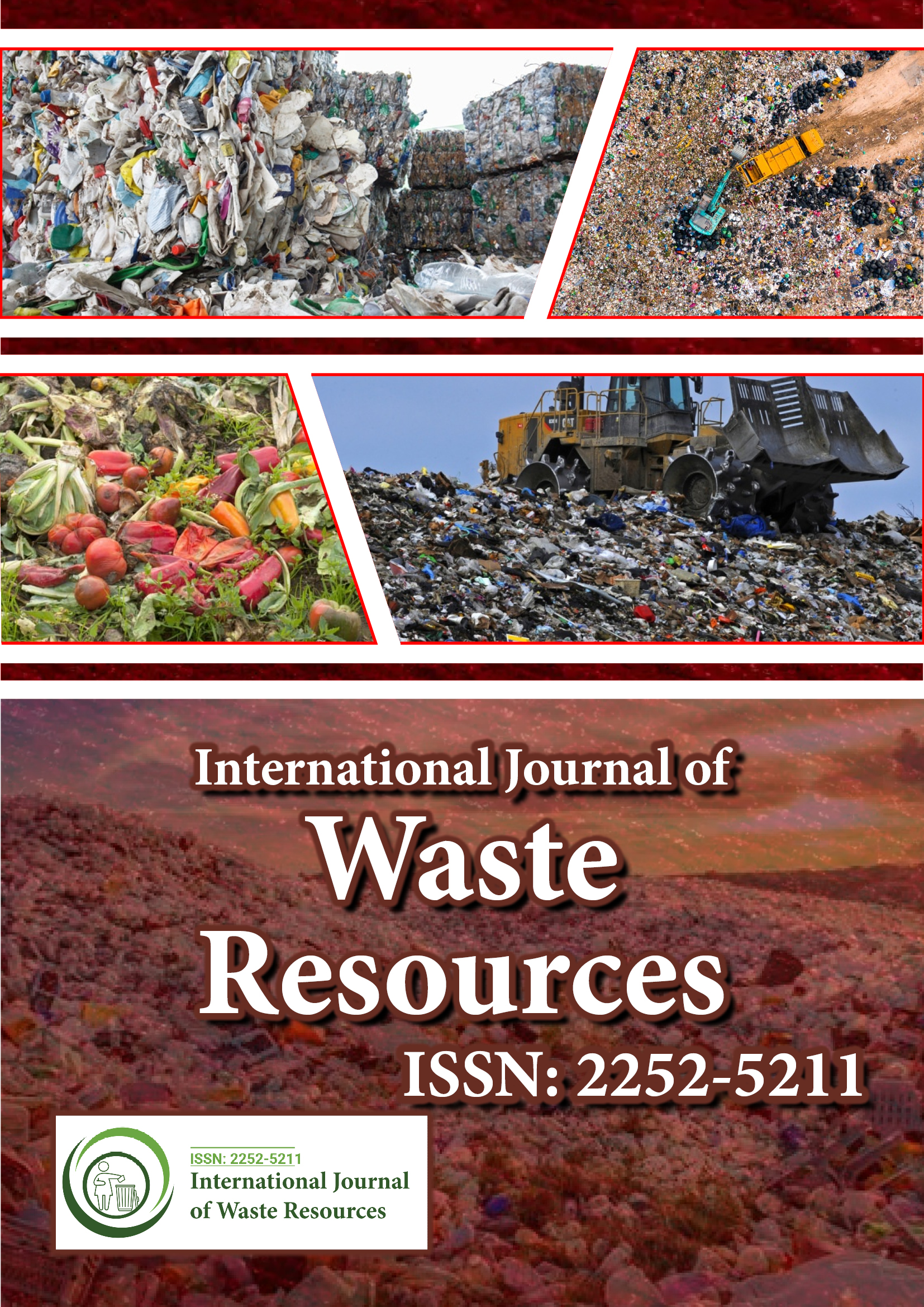indexado en
- Abrir puerta J
- El Factor de Impacto Global (GIF)
- Iniciativa de archivo abierto
- VieSearch
- Sociedad Internacional de Investigación Universal en Ciencias
- Infraestructura Nacional de Conocimiento de China (CNKI)
- CiteFactor
- cimago
- Directorio de publicaciones periódicas de Ulrich
- Biblioteca de revistas electrónicas
- Búsqueda de referencia
- Directorio de indexación de revistas de investigación (DRJI)
- Universidad Hamdard
- EBSCO AZ
- Publón
- Google Académico
Enlaces útiles
Comparte esta página
Folleto de diario

Revistas de acceso abierto
- Administración de Empresas
- Agricultura y Acuicultura
- Alimentación y Nutrición
- Bioinformática y Biología de Sistemas
- Bioquímica
- Ciencia de los Materiales
- Ciencia general
- Ciencias Ambientales
- Ciencias Clínicas
- Ciencias farmacéuticas
- Ciencias Médicas
- Ciencias Veterinarias
- Enfermería y Cuidado de la Salud
- Genética y Biología Molecular
- Ingeniería
- Inmunología y Microbiología
- Neurociencia y Psicología
- Química
Abstracto
Estudio de viabilidad para convertir los residuos sólidos de la industria siderúrgica en una imprimación de óxido rojo
Satyanarayana SV, Ahmed H Al-Balushil
Las industrias siderúrgicas generan un gran volumen de residuos sólidos cada año. La eliminación de residuos sólidos es una tarea de Hércules para la gestión de la industria siderúrgica. Los residuos sólidos contienen metales pesados como hierro, cromo, plomo, zinc y compuestos químicos tóxicos. La eliminación de residuos sólidos contribuye a la contaminación de las aguas subterráneas y del suelo. Los residuos sólidos de la industria siderúrgica contienen un alto porcentaje de óxido de hierro, más del 12 %. El objetivo de este proyecto es convertir los residuos sólidos de la industria siderúrgica en una imprimación de óxido rojo. Las muestras de residuos sólidos se recogen de una industria siderúrgica local. Las muestras se trituran y se pasan a través de una malla de 53 micrones para obtener un polvo fino. El polvo se mezcla con alquídico de aceite largo, carbonato de calcio y butanol. La mezcla se mezcla intensivamente con la ayuda de un molinillo húmedo hasta que obtiene propiedades adherentes y se convierte en una imprimación. Las propiedades adhesivas de la imprimación se prueban pintándola sobre una superficie metálica y, después de secar la imprimación sobre la superficie metálica, se prueba mediante el método de pelado para verificar la resistencia de la imprimación. La viscosidad de la imprimación se modifica añadiendo aceite de trementina. El óxido rojo de imprimación se utiliza como dieléctrico o como prerrecubrimiento sobre la estructura de hierro. Se ha observado que el óxido rojo producido a partir de residuos sólidos de la industria siderúrgica es comparable al óxido rojo de imprimación disponible en el mercado. La producción de óxido rojo de imprimación a partir de lodos de la industria siderúrgica es técnicamente factible y económicamente viable.